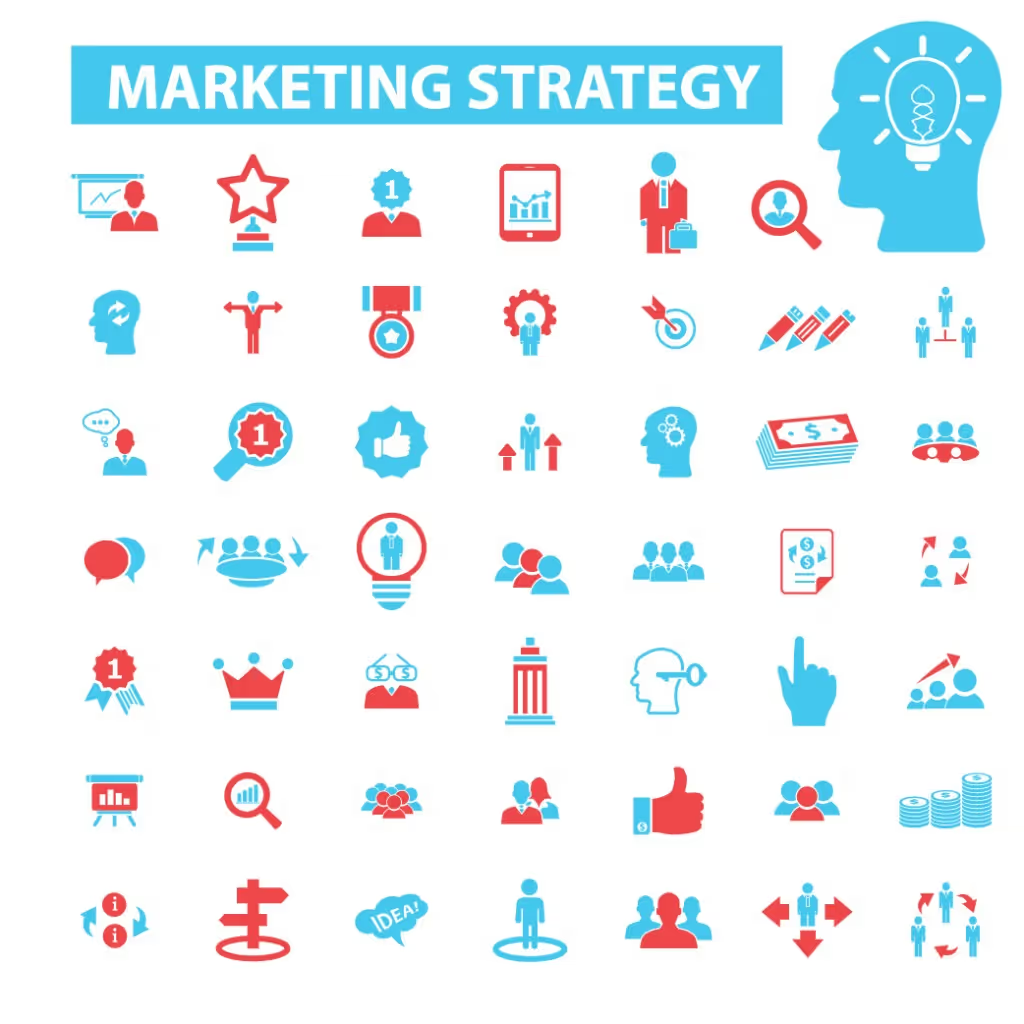Marketing Attribution: How Can It Improve Your Marketing Strategy?

Today’s marketing landscape is more complex and broad that it’s ever been: Marketers face more choices, more channels, and more customers.
Marketing strategies have evolved to be multi-channel: where marketers design campaigns that seamlessly interact with customers across multiple touchpoints and create a consistent brand experience.
Marketing attribution makes the landscape seem a little less complex by giving marketers the opportunity to see and understand the internal workings and results of their marketing efforts.
Marketing Attribution Defined
Short Definition of Marketing Attribution: The process of identifying a set of user actions (“events” or “touchpoints”) that contribute in some manner to a desired outcome, and then assigning a value to each of these events. (Wiki)
Long Definition of Marketing Attribution: Marketing attribution is the science of determining which touch points the customer interacted with before making a purchase. These touch points involve any branded interaction from a television commercial to a promotional email offer.
Marketing Attribution Model: A model governed by a set of rules that determine how to assign campaign influence.
8 Strategic Benefits of Marketing Attribution

Marketing attribution is a powerful thing for those who can uncover the inner workings of their efforts and use this knowledge to create game-changing marketing strategies.
According to iProspect, “The typical outcome of implementing attribution is a 15 – 35 percent gain in media efficiency and corresponding increases in ROI.”
- A Clear View of the Buying Process: Marketers attribution lets marketers look inside their campaigns and determine channel ROI.
- Accurate Revenue Attribution: A clearer view of the customer journey allows marketers to make more accurate decisions regarding each channel/touchpoint.
- Solve Problems: Marketers can use this campaign insight to creatively solve problems that their company and customers face.
- Understand The Customer: Marketing attribution also reveals data on which touchpoint has the highest engagement to inform additional buyer persona and audience targeting.
- Understand The Value of The Customer: Marketing attribution models can also show the customer lifetime value influence of each touchpoint and help determine campaign spend across acquisition/retention programs.
- Create Effective Marketing Strategies: Marketing attribution takes a detailed look at each individual part of a marketing strategy. This allows marketers to make marketing strategies that are truly effective on every level.
Pros Vs. Cons of Marketing Attribution Models

First-Touch Attribution
How it works: The First-Touch Attribution model gives full credit to the touch points that drove a visitor to your website for the first time, regardless of the outcome. This model focuses on the beginning of the customer journey. This works for marketers who are solely concerned with lead forms and demand generation.
Pros: This model is easy to implement via Google Analytics.
Cons: Since this model emphasizes a single touchpoint, it over-emphasizes a single part of the customer journey. This model doesn’t allow for optimization since it doesn’t reveal what actually drove a customer to a sale.
Last Touch Attribution
How it works: The Last-Touch Attribution model gives full credit to the touch points that drove a customer to make a purchase. This model focuses on the end of the customer journey.
Works for: Marketers who are solely focused on driving conversions and don’t value non-converting factors.
Pros: This model can be easily setup in your Marketing Automation or CRM platforms.
Cons: This model ignores the various influences that affect a customer’s journey to a purchase and solely focuses on the last interaction.
Lead Conversion Touch Attribution
How it works: The Lead Conversion Touch Attribution model assigns credit to the touchpoint where a lead was generated.
Pros: This model helps marketers understand which touchpoints generate leads.
Cons: This model assigns too much importance to a small part of the customer journey.
Linear Attribution
How it works: The Linear Attribution model assigns credits evenly to each touch points of the customer journey. For example, if there are 10 touch points, then each touchpoint will receive 10% of the credit.
Pros: This model allows marketers to optimize for the entire customer journey, and not just one touchpoint.
Cons: This model assigns that same value of credit to high-performing touch points and low-performing touch points. It helps marketers create a holistic strategy instead of optimizing a single high-performing touchpoint.
Time Decay Attribution
How it works: The Time Decay Attribution model assigns the most credit to the touchpoint responsible for a conversion. The further away a touchpoint is from conversion, the less credit it receives.
Pros: This model gives marketers the true ability to optimize the touchpoints that drive conversions and optimize the touch points that assisted in driving conversions.
Cons: This model ignores the touch point that drove a customer to a business in the first place. Furthermore, this model ignores valuable touch points that happened too early in the customer journey.
U-Shaped (Position-Based) Attribution
How it works: The U-Shaped (Position-Based) Attribution model assigns 40% of the credit to the first and last touch points and divides the remaining 20% to every touch point in between.
Pros: Every touchpoint in the customer journey receives some credit while still optimizing the first and last touchpoints. This model allows marketers to optimize the touchpoint that introduced the customer to the brand and the touchpoint that converted the customer.
Cons: This model may assign inaccurate values to the first and last touch points of the customer journey.
Lead Conversion Touch Attribution
How it works: The Lead Conversion Touch Attribution model assigns credit to the touchpoint where a lead was generated.
Pros: This model helps marketers understand which touchpoints generate leads.
Cons: This model assigns too much importance to a small part of the customer journey.
Custom or Algorithmic Attribution
How it works: A data scientist builds an attribution model that specifically matches the customer journey of a business.
Pros: This model gives marketers the most accurate representation of the impact each touchpoint has on their customer journey.
Cons: This model can be difficult and time-consuming to implement.
Marketing Attribution Case Study

Sungevity specializes in the design, installation, financing and maintenance of home solar energy systems.
Challenge
Sungevity has three different agencies and an international marketing team, making it difficult to gather data and knowledge to determine the effectiveness of their marketing strategies. Their performance analysis ignored any cross-channel influences on the customer journey.
Sungevity’s customer journey involves paid and organic search, online display advertising, direct website traffic, direct mail, and referral programs.
Goals
Marketers at Sungevity wanted to make a smarter decision about how and where they spend their marketing budget.
Solution
Sungevity approached Visual IQ, a leading marketing attribution solution platform.
Visual IQ, used their products “to consolidate performance data from multiple channels, build the appropriate models and perform attribution, and ultimately predict the optimal combination of tactics for future marketing efforts.”
Results
After using Visual IQ, marketers at Sungevity:
- Were able to adjust their direct mail strategy as the attribution process revealed an overlap of marketing channels. These marketing channels looked as though they were effective, but they were actually relying on other channels.
- Were able to understand the true impact of their paid digital advertising channels and allocate their budget accordingly.
Patrick Crane, Chief Marketing Officer, Sungevity says, “Visual IQ’s products quickly paid for themselves through increased marketing effectiveness. The insights they have uncovered have been invaluable to us in our media planning and optimization efforts.”
Conclusion
Marketing attribution is the latest evolution in marketing performance measurements and businesses everywhere are seeing its benefits.
According to iProspect, “Organizations that have brought this new technology and approach to bear on their marketing have already seen average media efficiency increases of 15 – 35 percent – an improvement that translates into similar increases in ROI.”
This method of measurement is the only way to get a clear look at the effectiveness of a multi-channel marketing strategy. We’ve outlined methods that can be implemented easily with Google Analytics, CRM and Marketing Automation as well as more complex models that should be implemented with a Data Science team.